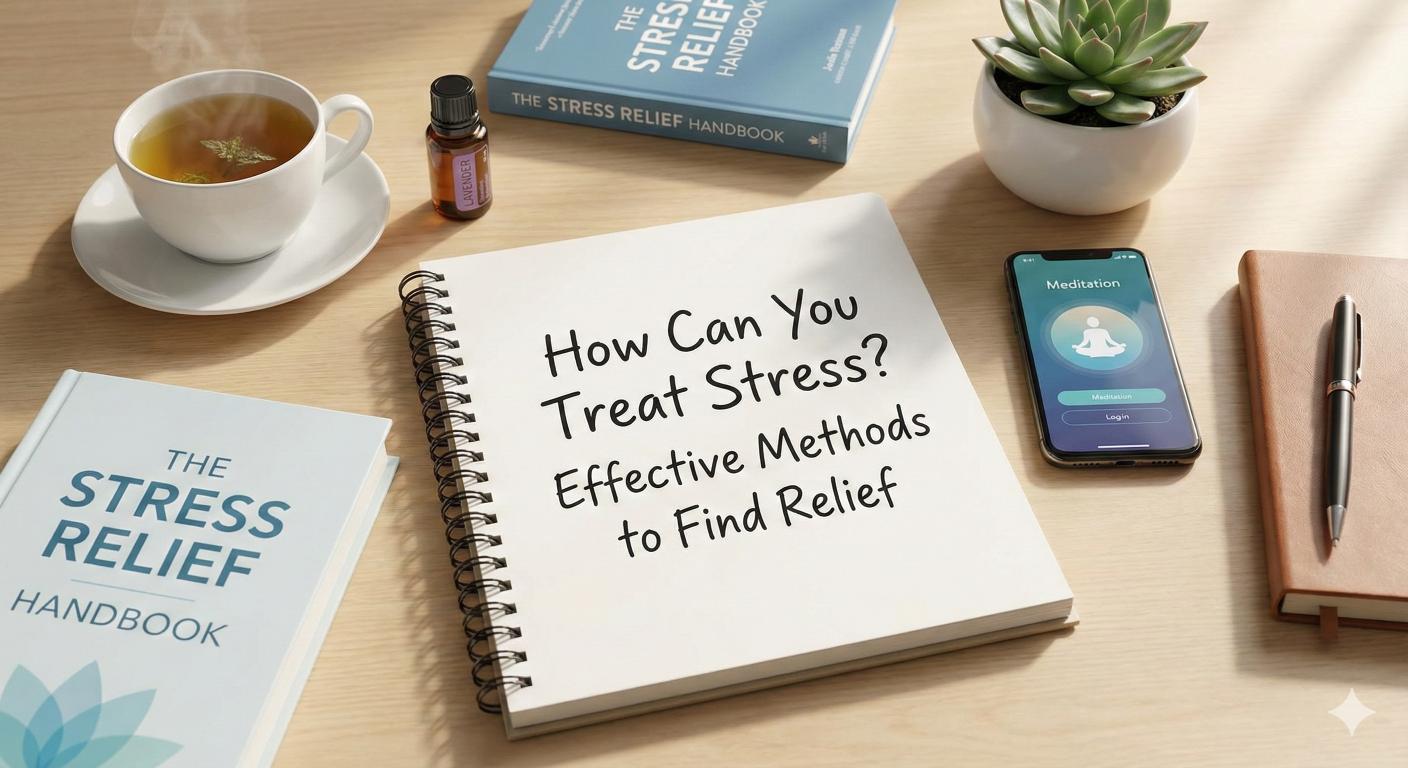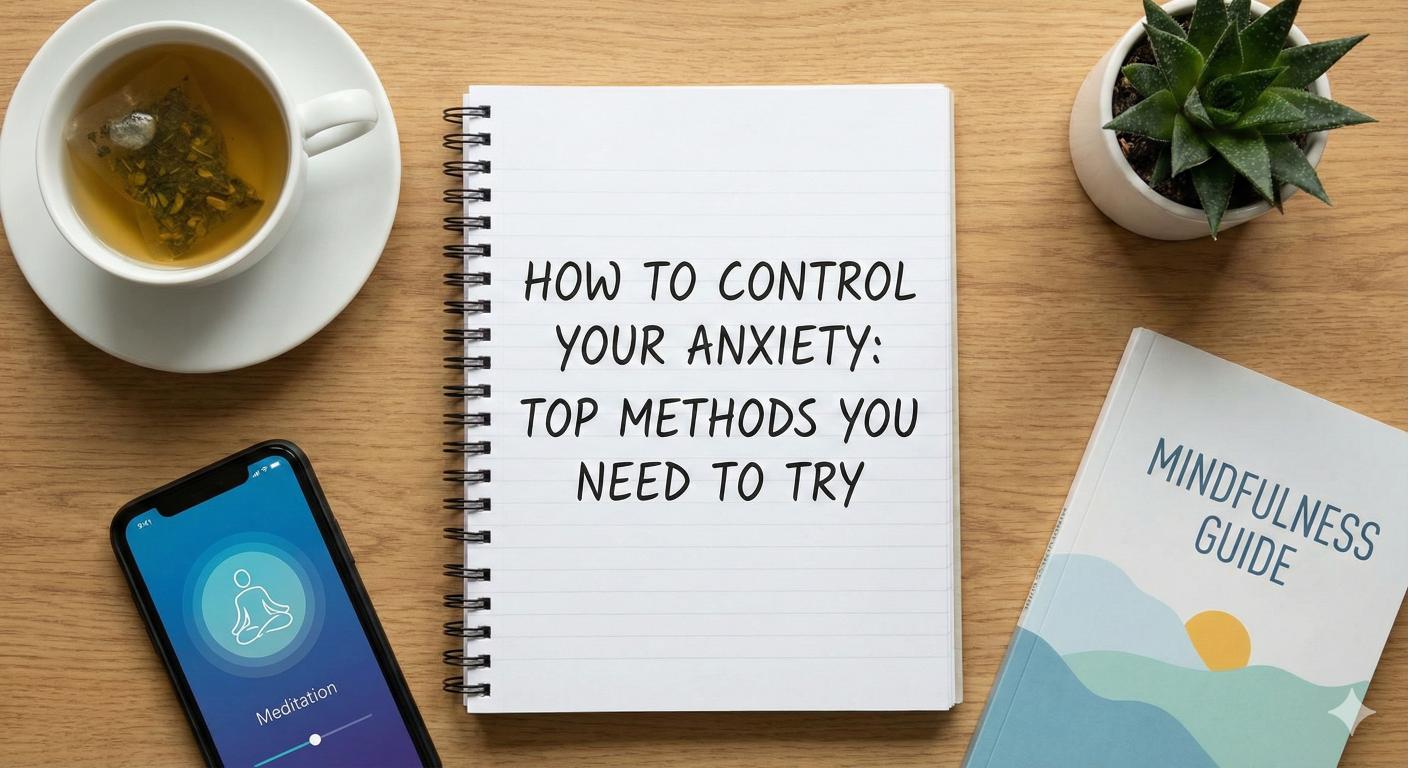A Deep Dive into Fear and Anxiety Psychology
Explore understanding the psychology behind fear and anxiety to conquer your worries and reclaim peace.

Understanding Anxiety Disorders
Anxiety disorders are a group of mental health conditions that can have significant effects on an individual's physical and emotional well-being. Understanding the psychology behind fear and anxiety can help in recognizing their impact and identifying available support options.

Impact on Physical and Mental Health
Chronic anxiety can result in considerable physical stress on various systems of the body, including the nervous, cardiovascular, digestive, immune, and respiratory systems. This overwhelming response can lead to various health problems, including heart disease, digestive issues, and immune dysfunction [1].
Mentally, anxiety can manifest as continuous worry or dread. These feelings can interfere with daily activities, make it challenging to concentrate, and contribute to social withdrawal. As anxiety persists, it can worsen other mental conditions such as depression, creating a more complicated emotional landscape for affected individuals.
Types of Anxiety Disorders
There are several recognized types of anxiety disorders, each with distinct characteristics and symptoms:
Recognizing the symptoms and types of anxiety disorders is crucial for seeking appropriate support. Understanding the complexities of anxiety can empower individuals to discuss their experiences and seek help when needed. For further insights on related topics, individuals may explore scenarios such as if they are faking depression or the impacts of social anxiety on their daily life. Additionally, learning about the role of exercise in managing anxiety can provide effective coping strategies [4].
Factors Contributing to Anxiety
Understanding the factors that contribute to anxiety disorders is essential in grasping the overall issue of mental health. These factors can be both biological and environmental, with notable differences between genders.
Gender Disparities
Research shows that gender plays a significant role in the prevalence of anxiety disorders. Women are more likely to experience anxiety disorders than men, usually beginning between early adolescence and young adulthood. The distribution of anxiety disorders tends to be approximately double in females compared to males, with studies indicating a ratio of 2:1 [5].
GenderPrevalence RateFemale20%Male10%
This discrepancy may stem from various factors, including biological differences, hormonal fluctuations, and social pressures that may affect emotional responses. For instance, women might be more prone to anxiety due to societal expectations and the impact of trauma or stressful life events.
Environmental and Genetic Influence
Anxiety disorders often arise due to a combination of genetic predispositions and environmental influences. Factors such as trauma, stressful life events, and the use of substances like caffeine can act as significant triggers.
Genetic factors can also play a vital role in anxiety development, as individuals with a family history of anxiety disorders are at a higher risk of experiencing similar issues. Environmental factors, including upbringing and exposure to chronic stressors, contribute to the risk of developing anxiety.
Recognizing these influences helps to understand the psychology behind fear and anxiety. Comprehensive treatment often requires an approach that addresses both environmental stressors and inherent traits. For more insight into the impacts of anxiety, readers may explore related topics, such as the role of exercise in managing anxiety and understanding the effects of social anxiety on daily life.
Symptoms and Complications
Anxiety disorders can manifest through a variety of physical and emotional symptoms. Understanding these symptoms and the potential complications of untreated anxiety is crucial for effective management.
Physical and Emotional Manifestations
Individuals experiencing anxiety may exhibit both physical and emotional symptoms. The physical symptoms can include the following:
Emotional symptoms include excessive worry, fears of impending doom, and irritability. Chronic anxiety can cause significant stress on various systems, including the nervous, cardiovascular, digestive, immune, and respiratory systems [1].
Complications of Untreated Anxiety
Untreated anxiety disorders can lead to severe complications affecting both mental and physical health. Some possible complications include:
Seeking early treatment for anxiety is essential, as symptoms are unlikely to resolve completely without intervention and may worsen over time. For further insights into managing anxiety, consider exploring the role of exercise in managing anxiety or examining understanding the effects of social anxiety on daily life.
Treatment Approaches
Addressing anxiety disorders often requires a multifaceted approach, including medication and psychotherapy. Timely intervention is essential to ensure effective management.
Medication and Psychotherapy
Treatment for anxiety disorders typically involves a combination of medication and psychotherapy, often referred to as talk therapy. Medications may include antidepressants, anti-anxiety drugs, and beta-blockers that aid in managing symptoms. Psychotherapy aims to identify and modify unhealthy emotions, thoughts, and behaviors.
For acute anxiety, benzodiazepines might be necessary, while chronic anxiety management usually involves psychotherapy, pharmacotherapy, or a mix of both. Common medications for treating anxiety disorders include:
Cognitive-behavioral therapy (CBT) and exposure therapy are effective types of psychotherapy for managing anxiety. CBT focuses on altering maladaptive thinking patterns and beliefs, while exposure therapy involves gradual exposure to anxiety-inducing stimuli, helping individuals confront their fears in a controlled manner.
Importance of Early Intervention
Seeking early treatment for anxiety disorders is critical, as symptoms may not naturally resolve and can worsen over time if left untreated [6]. Early intervention can significantly impact the course of the disorder.
When help is sought promptly, treatment tends to be easier and more effective. For individuals experiencing anxiety symptoms, consulting a healthcare provider allows for a tailored treatment plan that addresses specific concerns before they escalate into more severe complications. Ignoring symptoms can lead to chronic anxiety, necessitating more intensive treatment and potentially reducing the quality of life.
Understanding the importance of combining medical and therapeutic treatments can lead to better outcomes in managing anxiety disorders. By addressing anxiety early with professional help, individuals can work towards regaining control over their lives. For more insights, visit our articles on the role of exercise in managing anxiety or explore specific scenarios like am I depressed or just sad?.
Psychology of Fear and Anxiety
Understanding the psychology behind fear and anxiety can provide important insights into how these emotions affect individuals. Their relationship is intricate, influencing one another in various ways.
Relationship Between Fear and Anxiety
Fear and anxiety are closely related emotional responses, but they differ in significant ways. Fear is often described as a psychological, physiological, and behavioral state triggered by an actual or perceived threat to well-being or survival. In contrast, anxiety is typically a reaction to emotional stimuli rather than an immediate external danger. It often arises from present upsetting situations or memories of past events [9].
Fear activates the body's fight or flight response, preparing an individual to respond to danger. This response includes physiological changes, such as increased heart rate and heightened senses, aimed at improving survival chances in threatening situations. Anxiety, however, is characterized by excessive worry and unease, often leading to a prolonged state of distress without a specific threat.
This relationship can create a cycle where chronic anxiety enhances feelings of fear, and intense fear can lead to heightened anxiety about future events.
Coping Strategies for Fear and Anxiety
There are several coping strategies individuals can employ to manage fear and anxiety effectively. These techniques can help individuals process their feelings and reduce overall distress.
- Mindfulness and Meditation: Practicing mindfulness helps cultivate awareness of the present moment and reduces rumination on past events or future worries. Meditation can create a calming effect and promote relaxation.
- Breathing Techniques: Deep breathing exercises can slow the heart rate and calms the nervous system, providing immediate relief during moments of heightened anxiety or fear.
- Physical Activity: Engaging in regular exercise has been shown to significantly reduce anxiety and improve mood due to the release of endorphins. It's beneficial to incorporate the role of exercise in managing anxiety into a daily routine.
- Talking to Someone: Sharing feelings with friends, family, or a mental health professional can alleviate feelings of isolation and provide support. Understanding that others have similar experiences can also be comforting.
- Journaling: Writing down thoughts and feelings can help individuals process emotions, identify triggers, and develop coping strategies.
- Exposure Therapy: Gradually confronting fear-inducing situations in a controlled environment can help desensitize individuals to their fears.
For those who experience significant distress, seeking professional help from a therapist or counselor can provide tailored coping strategies and support. Understanding how to cope with fear and anxiety is crucial for mental health. For further insights into emotional health, check out our articles on am I depressed or just sad? and understanding the impact of loneliness on mental health.
Biological Correlates of Anxiety
Understanding the biological correlates of anxiety is essential in comprehending the complexities of fear and anxiety psychology. This section explores the role of neurotransmitters, hormones, and the central nervous system in anxiety disorders.
Neurotransmitters and Hormones
Anxiety is influenced by various neurotransmitters and hormones in the brain. Key neurotransmitters involved in anxiety regulation include norepinephrine, serotonin, dopamine, and gamma-aminobutyric acid (GABA).
The autonomic nervous system plays a vital role in mediating anxiety symptoms, with the sympathetic nervous system particularly involved. Patients with anxiety disorders often exhibit a heightened response in the amygdala, the brain region responsible for processing fear. Additionally, abnormalities in prefrontal-limbic activation can potentially be reversed through psychological or pharmacologic interventions [5].
Role of Central Nervous System
The central nervous system (CNS) is crucial for understanding anxiety. It encompasses the brain and spinal cord, which coordinate the body’s responses to stress and anxiety. The CNS mediates the relationship between the threat response and the subjective experience of fear.
Fear, as a psychological and physiological state, results from threats to well-being or survival, whether actual or perceived. It is characterized by increased arousal, expectancy, and autonomic activation, leading to specific behavior patterns. When anxiety becomes pathological, it can interfere with an individual’s ability to cope with life's challenges [8].
Anxiety disorders often necessitate comprehensive treatment approaches, which may include psychotherapy, pharmacotherapy, or a combination of both. Medications such as selective serotonin reuptake inhibitors (SSRIs), serotonin-norepinephrine reuptake inhibitors (SNRIs), and benzodiazepines are commonly used to manage these disorders.
Understanding the intricate connections between biological factors and anxiety can assist in developing targeted treatments and effectively addressing the underlying causes of anxiety disorders. For more information on the psychological aspects of fear and anxiety, readers can explore the intricate relationship between fear and anxiety.
References
[1]: https://www.healthline.com/health/anxiety/effects-on-body
[2]: https://www.nimh.nih.gov/health/topics/anxiety-disorders
[3]: /understanding-the-effects-of-social-anxiety-on-daily-life
[4]: /the-role-of-exercise-in-managing-anxiety
[5]: https://www.ncbi.nlm.nih.gov/books/NBK470361/
[6]: https://www.mayoclinic.org/diseases-conditions/anxiety/symptoms-causes/syc-20350961
[7]: https://my.clevelandclinic.org/health/diseases/9536-anxiety-disorders
More Resources
A team ready to start your journey.
Get in touch — today.
We are a safe space – a haven for exceptional individuals to receive discreet, personalized, in-person treatment and care.
.avif)










